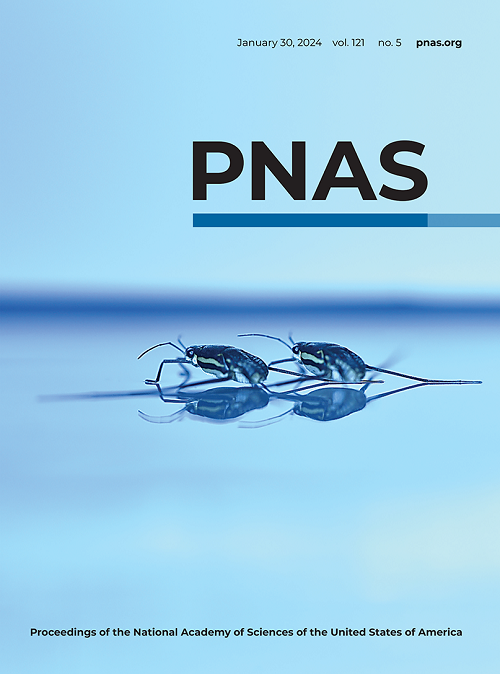兴奋性中毒后听觉神经纤维的表型变化
IF 9.4
1区 综合性期刊
Q1 MULTIDISCIPLINARY SCIENCES
Proceedings of the National Academy of Sciences of the United States of America
Pub Date : 2025-04-01
DOI:10.1073/pnas.2412332122
引用次数: 0
摘要
本文章由计算机程序翻译,如有差异,请以英文原文为准。
Phenotypic changes of auditory nerve fibers after excitotoxicity
There is a substantial body of evidence elucidating the pathophysiological aspects of excitotoxicity in the mammalian cochlea. However, the question of whether the resultant damage is reversible remains unresolved. To replicate an excitotoxic event, we investigated the long-term effects of kainate application in gerbil cochleae. Surprisingly, despite persistent synapse loss, the compound action potential of the auditory nerve fully recovered. This functional retrieval was associated with a phenotypic change in auditory nerve fibers. Thresholds were improved along the tonotopic axis. High-spontaneous rate (SR) fibers largely populated the apical region, while low-SR fibers from the basal region exhibited sound-driven activity indistinguishable from control high-SR fibers. This functional phenotype change may support the full recovery of neural response thresholds and amplitudes after excitotoxicity. Furthermore, hyperresponsiveness of the auditory nerve fibers could be a crucial factor in the development of hyperactivity in the central auditory pathways, a common occurrence following acoustic overstimulation.
求助全文
通过发布文献求助,成功后即可免费获取论文全文。
去求助
来源期刊
CiteScore
19.00
自引率
0.90%
发文量
3575
审稿时长
2.5 months
期刊介绍:
The Proceedings of the National Academy of Sciences (PNAS), a peer-reviewed journal of the National Academy of Sciences (NAS), serves as an authoritative source for high-impact, original research across the biological, physical, and social sciences. With a global scope, the journal welcomes submissions from researchers worldwide, making it an inclusive platform for advancing scientific knowledge.

 求助内容:
求助内容: 应助结果提醒方式:
应助结果提醒方式:


